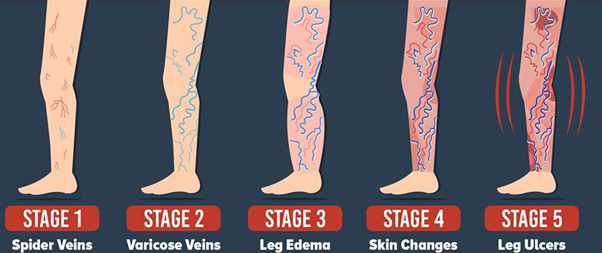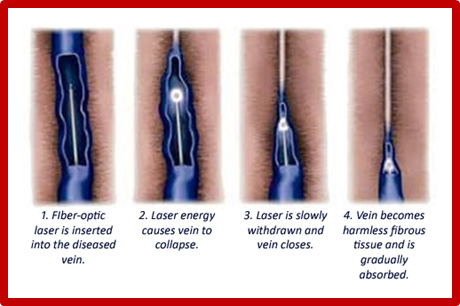-
 Call On
+91 98200 77238
Call On
+91 98200 77238
-
 Email Us
krantikumarrathod@gmail.com
Email Us
krantikumarrathod@gmail.com
 Call On
+91 98200 77238
Call On
+91 98200 77238
 Email Us
krantikumarrathod@gmail.com
Email Us
krantikumarrathod@gmail.com
Varicose veins are swollen, enlarged veins that are clearly visible just under the surface of the skin. This is a common condition caused by problems with the valves within your veins that are designed to keep blood flowing toward your heart. If the valves are weak or damaged, blood can back up and pool in your veins (venous reflux) which causes them to swell. Many factors can raise your risk for developing varicose veins, including family history, older age, female gender, pregnancy, obesity, prolonged standing or sitting, blood clots, and prior trauma.
For some people, varicose veins cause pain, blood clots, or sores. This ailment usually occurs in the legs, but also can appear in other parts of the body. Symptoms of varicose veins include:
These symptoms depend on severity of stage of the varicose disease.

It is a minimally invasive treatment that uses heat to close off problematic veins and relieve the symptoms they cause. Using imaging guidance (guided by X-ray images), the interventional radiologist threads a thin laser fiber into the problem vein through a tiny needle. Next, they numb the length of the vein to minimize discomfort during the heating process, and the laser heat causes the vein to close. Once the problem vein is closed, blood will flow through the remaining healthy veins. This is all accomplished while you rest comfortably. You can immediately return to most normal daily activities.
Non-thermal treatment options are also available for varicose veins. The available treatments include:
An injection of medical glue into the vein to cause closure.
The main advantage of all of these techniques is the avoidance of multiple needle sticks for local anesthesia. There is also a decreased risk for potential nerve damage that can occur with burns.
Sclerotherapy is the direct injection through a tiny needle of a chemical irritant into a vein to close the vessel. This technique is often used to treat smaller veins such as spider veins. A variety of materials can be used to irritate the vein lining, which causes them to shrink and close.
Superficial venous thrombosis occurs when a superficial (just below the skin’s surface) vein becomes swollen or inflamed due to a blood clot. If conservative treatments such as wearing support stockings (if your leg is affected), taking over-the-counter pain medications, or applying a warm compress to the area do not help, an interventional radiologist may perform a treatment like EVLT or sclerotherapy (see above) on the affected vein.
EVLT is a quick, minimally invasive laser procedure is performed on OPD as well as IPD basis. No post-operative scarring, as it is only a probe and a slim sheath that enters the vein via a needle. The laser probe is guided into place using ultrasound and the procedure is performed under local anaesthesia to numb the treatment area. The treatment takes approximately one hour.
We advise Nil by mouth 2 hours prior to the procedure and prescribe a local anaesthetic cream for application on the affected leg.
Advise is given to carry Grade II compression stocking as stocking is suggested immediately procedure for 72 hours.
You will be expected to walk for at least 30 minutes immediately after the procedure and a minimum of 30-60 minutes every day thereafter. This is important to help avoid blood clots.
Recovery from EVLT is usually trouble-free. It is normal to see significant bruising, to have swelling, and to have some pain and/or soreness that may be worst on days 2 and 7 post-procedure.
Avoid prolonged sitting or standing and whenever possible keep your legs elevated – avoid dangling.
Normal activity can be resumed immediately, but strenuous exercise can cause the vein to reopen or prolong recovery, so please avoid heavy lifting, squatting and vigorous activity such as gym workouts (including lunging, excessive jumping, kicking, or heavy weights – upper body as well as lower body) for at least 7 days following the procedure.
